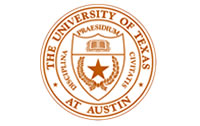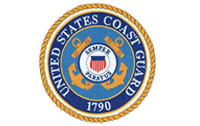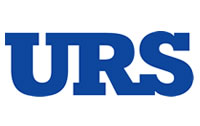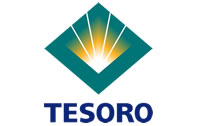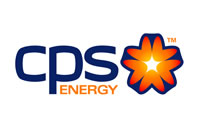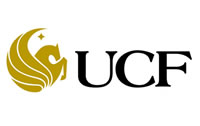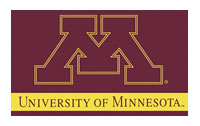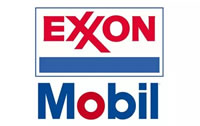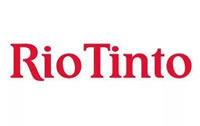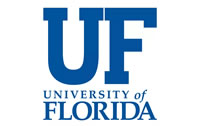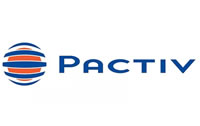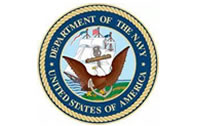Written By Tom Morarity
Asset reliability is initially determined by the quality of design, procurement, installation and commissioning of physical assets. Upon commissioning, asset reli-
ability becomes dependent on management focus and execution. If you believe in continuous improvement, then you should also believe that an asset should be at its most unreliable level.
We want people to see the organization from a systems perspective. when it is first commissioned. The promise of continuous improvement is that defects in materials, maintenance, processes, etc. will be identified and reduced or eliminated. In practice, many organizations don’t have the “systems focus” that is needed to drive a con-
tinuous improvement strategy. In the modern business management classic “Good to Great: Why Some Companies Make the Leap… And Others Don’t….” by James Collins, the author presents the wheel begins to move and builds up momentum not because of one impactful initiative or specific push, but because of a large number of individual actions oriented in the same direction. Collins states that, “Each piece of the system reinforces the other parts of the system to form an integrated whole that is much more powerful than the sum of the parts. It is only through consistency over time, through multiple generations that you get maximum results.”
If we want to get all the pieces of an organization working together as a system to form an integrated whole that is much more powerful than the sum of its parts, we need everyone aligned and pushing on the flywheel in the same direction. Sustained performance will not happen if one charismatic or powerful person drives a specific activity. That one person may have the position power to make the initiative happen, but once that person leaves, or shifts focus, statistics show a high prob-
ability that the initiative will decay and lose energy. A quarterback on a football team or a pitcher in baseball cannot win games without well-conditioned and coordinated teammates
In many plants, there are pockets of people trying to improve the status quo. Often they are trying to do what is best for their functional responsibilities. This creates
situations where people push on the flywheel in opposite directions. What is needed is a “North Star” concept where people truly understand their role within the larger strategic goals of the organization.
The question then is how do we get people aligned with the North Star objectives? How do we get people to push on the flywheel in the same direction so we can
build momentum consistently over time to get maximum results? We need to have people experience the issues faced by other people in their organiza-
tion in a way that affects the way they think, feel and act. We want people to see the orga-
nization from a systems perspective.
The Manufacturing Game®, developed within DuPont and enhanced and delivered by Ledet Enterprises Inc., is an interactive experience that can be used to drive alignment. Because it is a simulation, there is no risk to actual production processes. The simulation collected from various manufacturing plants so there are realistic choices and consequences. People are engaged in the simulation by fulfilling roles they typically are less familiar with. Decisions in the simulation are in the open; everyone sees the choices made and the effect of those choices. The Manufacturing Game® is well suited for alignment at all levels of organizations; from the C-suite to the shop floor. It provides a realistic set of circumstances to engage high-level decision makers, but also provides a format that line supervisors and work force team members can appreciate. Managers plan and act in a more cohesive manner. Operations, maintenance and support persons act more like team members and begin to focus on eliminating defects.
The end result is comprehensive alignment and system thinking leading to maximum asset reliability and business performance.
For more information, contact
Tom Moriarty, PE, CMRP, president of
Alidade MER Inc., at [email protected] or call (321) 773-3356. •


